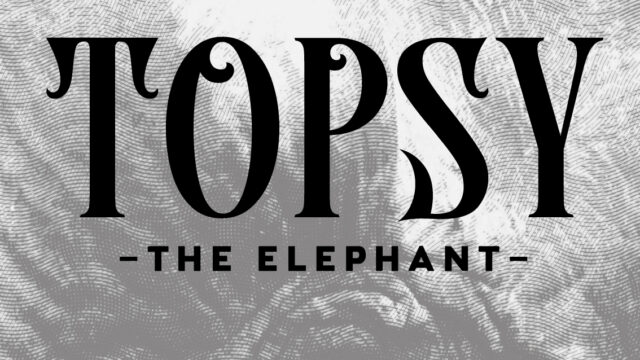Topsy and the Ethics of Representation

BUAV Proton Down leaflet and poster from 1982
How to present images of animal cruelty and the identities of animal rights organisations and their activities are foremost in my mind.
My formative experience was during the 1980s when I learnt how to work with a professional design studio to implement a corporate identity for an organisation. This was with the British Union for the Abolition of Vivisection (now Cruelty-Free International) and the graphic designers were Anthony Lawrence and Hilly Beavan. We pioneered at the BUAV a modern, contemporary look for an organisation founded in 1898. Our pioneering work with the BUAV led other organisations to learn how to improve their images. This included People for the Ethical Treatment of Animals when I was their first executive director (1987-1992). BUAV had a distinctive red, black, and white look. PETA’s acronym with the lowercase ‘e’ continues to be at the centre of its distinctive image.

Richard de Pesando designed this book about my animal rights collection for discussions with The British Library.
Two of my present projects have benefitted greatly from working with graphic designer Richard de Pesando: The British Library and the biography of Topsy the elephant.
In four weeks, we produced a magazine-style book that resulted in The British Library acquiring the Kim Stallwood Archive. This consisted of 36 boxes of research materials chronicling the animal rights movement’s development, including my involvement, from the mid-1970s through to the late 1980s. The archive is available to the public and some of my materials are presently on display as part of an exhibit, ‘Animal Rights: From the Margins to the Mainstream,’ in The Library’s Treasures Gallery. I will have more to say about this exhibit and related activities in a forthcoming blog.
Richard and I are presently collaborating on the Patreon campaign I recently launched to help fund the research and writing of my biography of Topsy the Elephant. If anyone knows anything about Topsy, they saw (or heard about) the film about her electrocution. ‘Electrocuting an Elephant’ is available on YouTube and attracts more than 1.4 million views.
 In a fascinating blog Richard explains why we decided not to include any images of Topsy taken from the film or contemporaneous newspaper reports of her life and death.
In a fascinating blog Richard explains why we decided not to include any images of Topsy taken from the film or contemporaneous newspaper reports of her life and death.
From the very start, I talked with Kim at length about how I should approach the project, and how he would try to give Topsy back her voice, tell her truth, and return to her the dignity she was robbed of in life. Part of the book would be imagined in Topsy’s own words, with a further examination of how we still view elephants as entertainment, as a beast of burden, and how we anthropomorphise them, investing them with human characteristics of our own invention and convenience. [….] there was always one thing I knew I could not do. Show images from the film, or of Topsy herself and try to avoid photographs of any other elephant in captivity. Doing so would make me, and the audience, complicit in the continued crime against her. I would be recreating the spectacle over and over again, undermining what Kim was trying to achieve.
Richard’s blog, ‘Tackling Topsy. A case study in design, ethics and questionable content,’ is a MUST READ. I encourage you to read it as he raises important issues of representation that we should consider.











